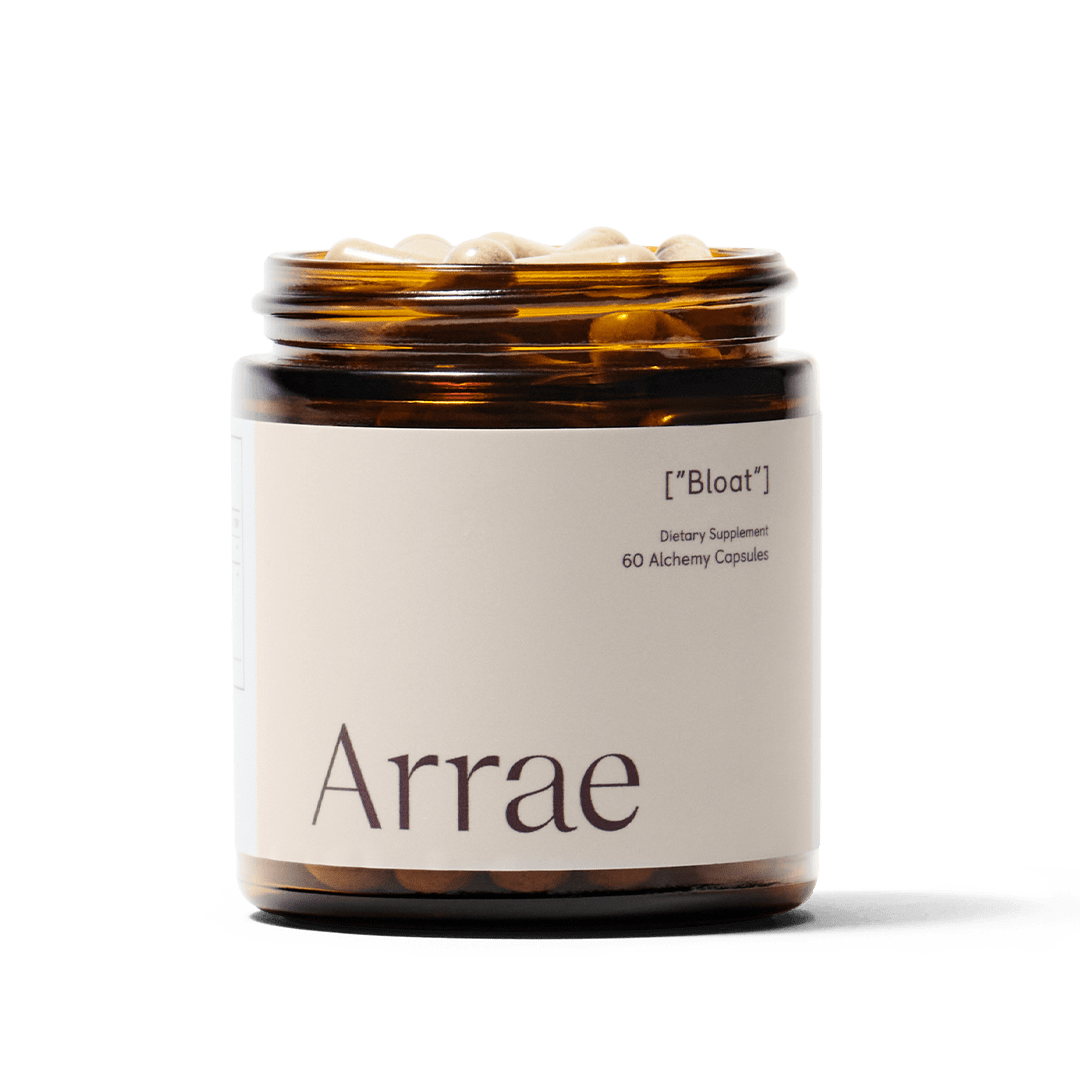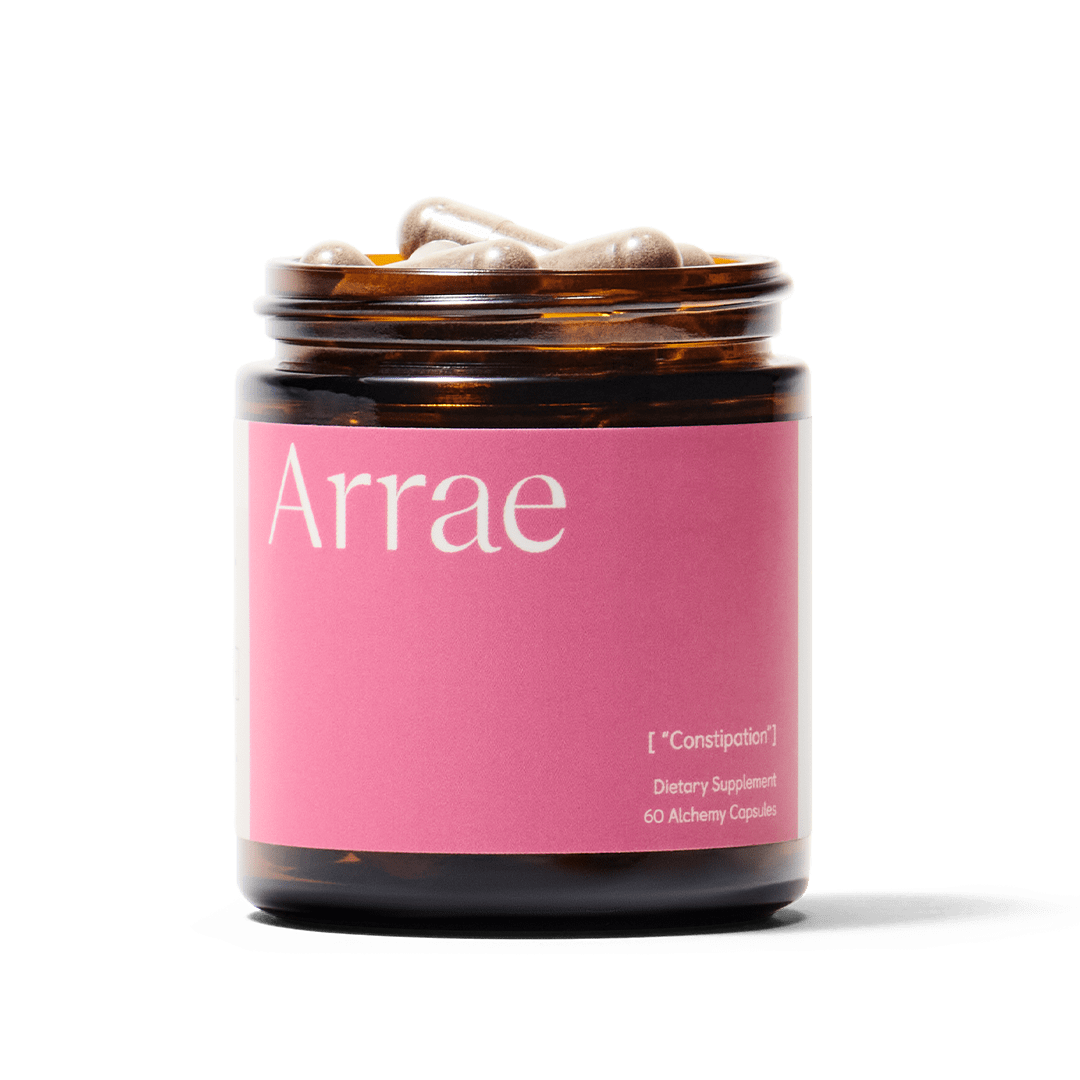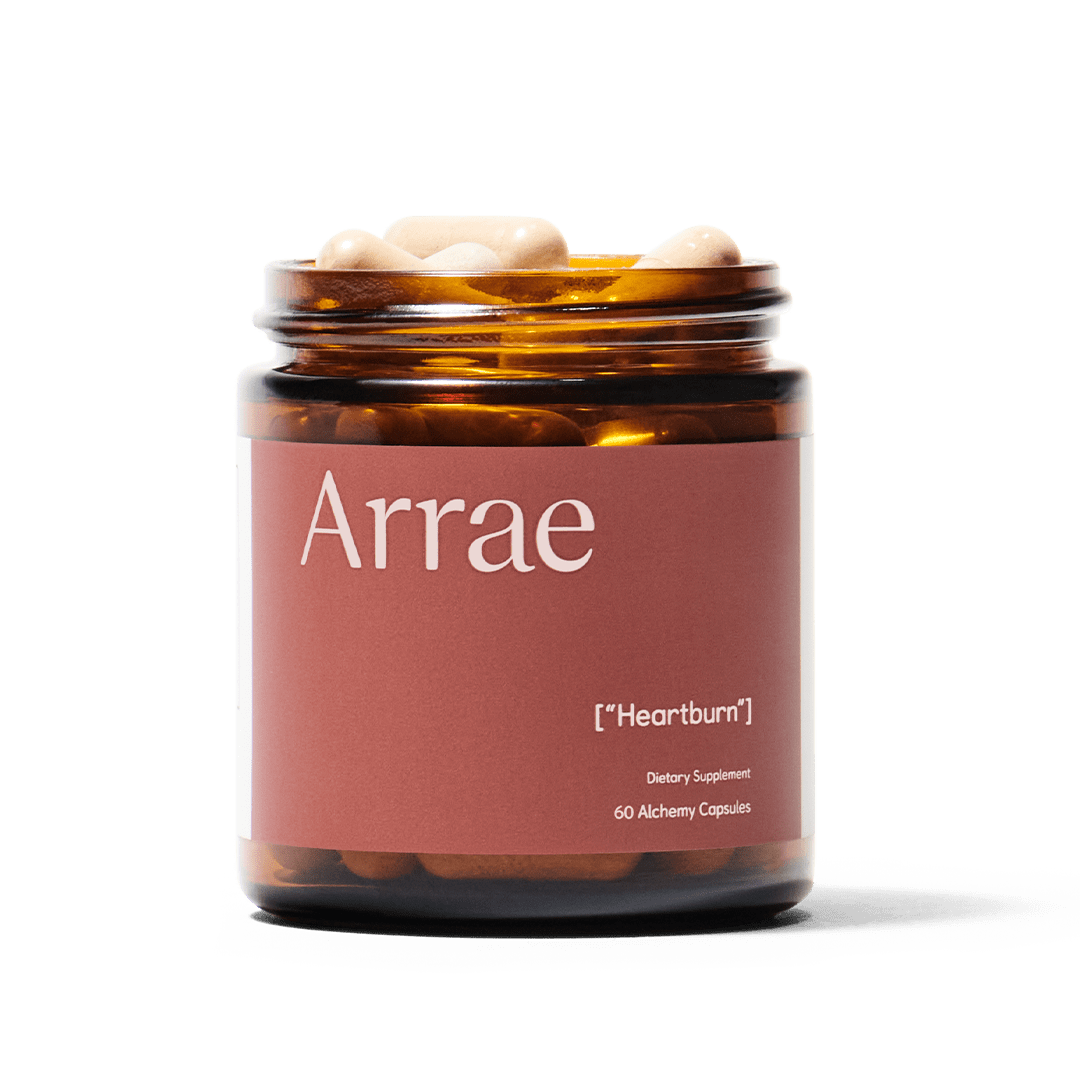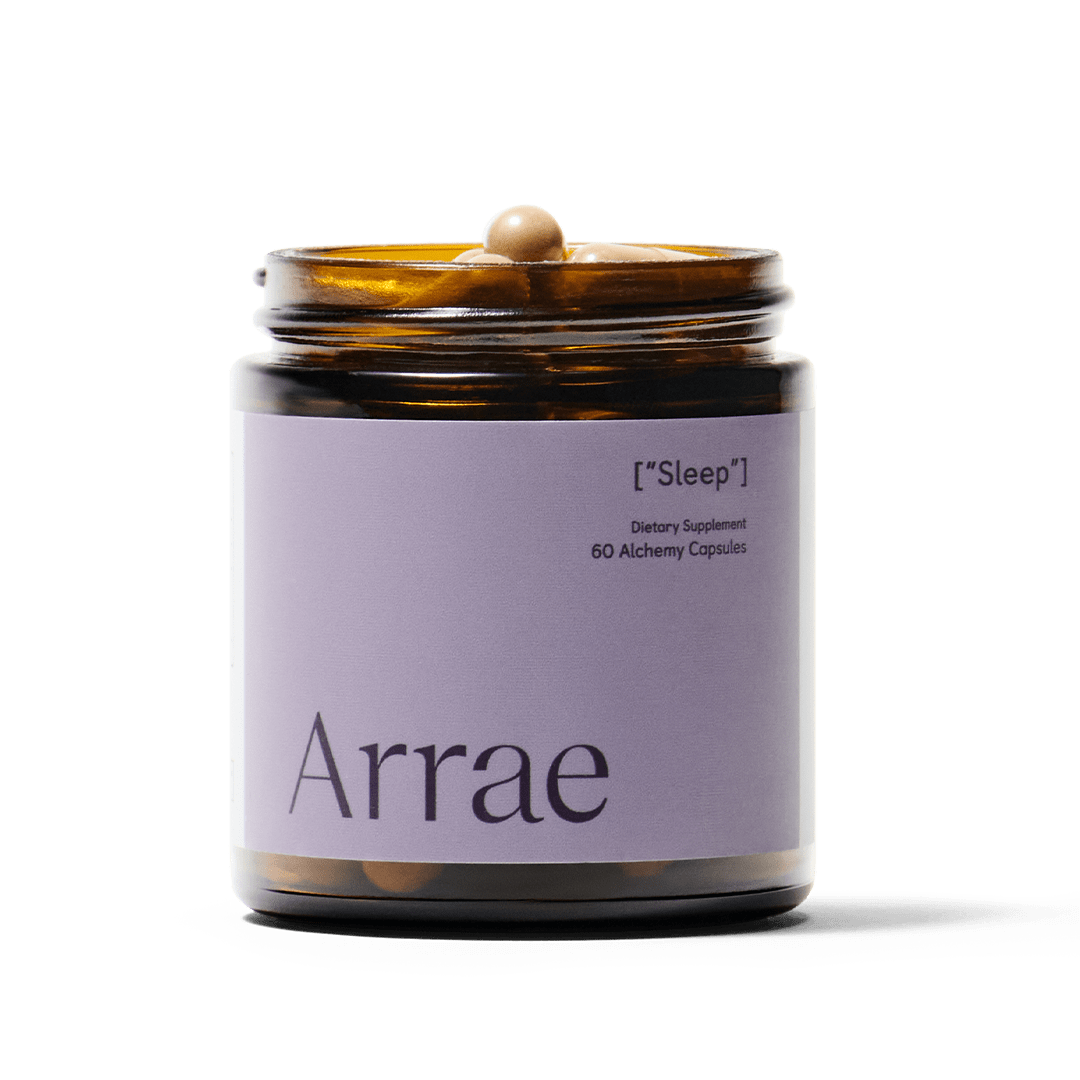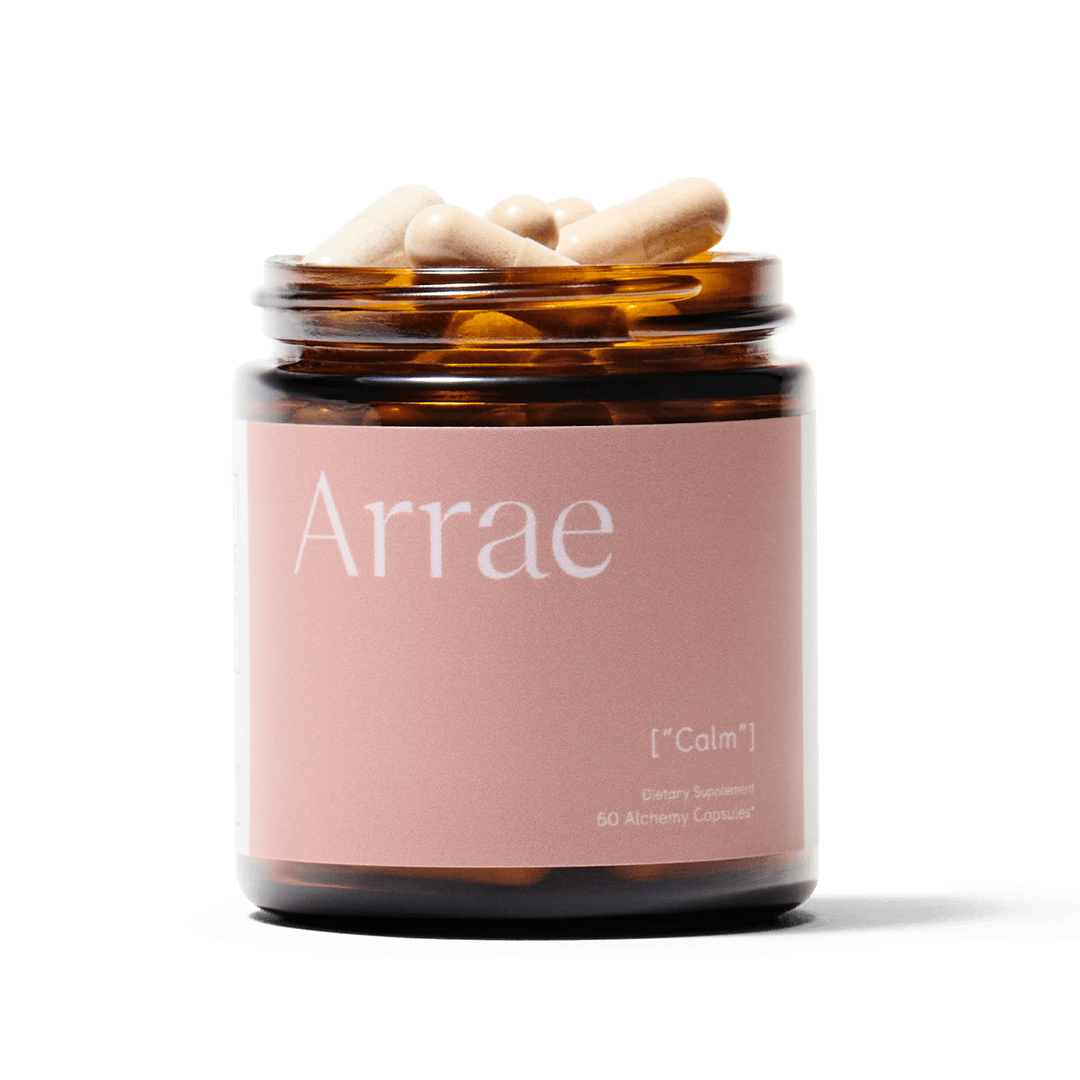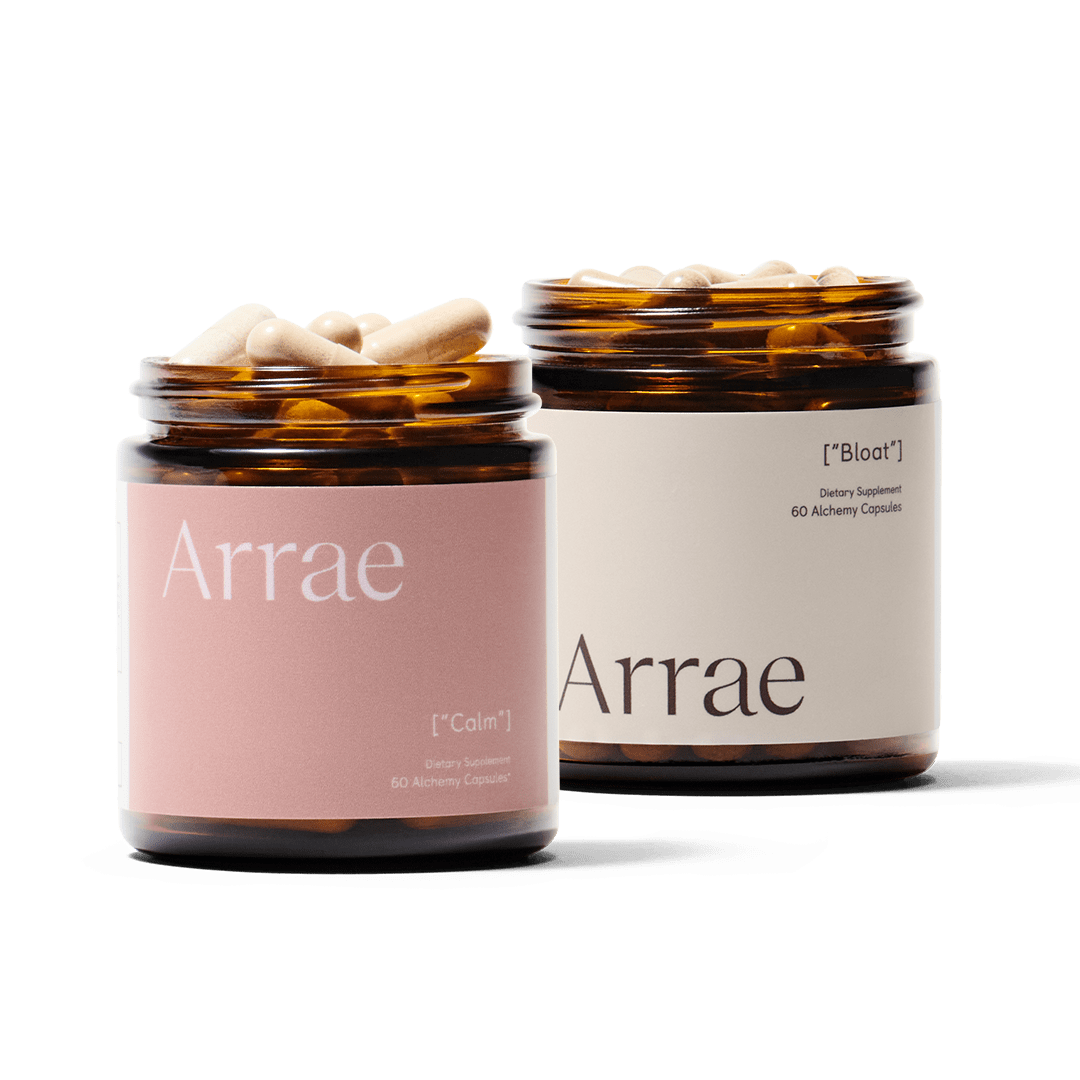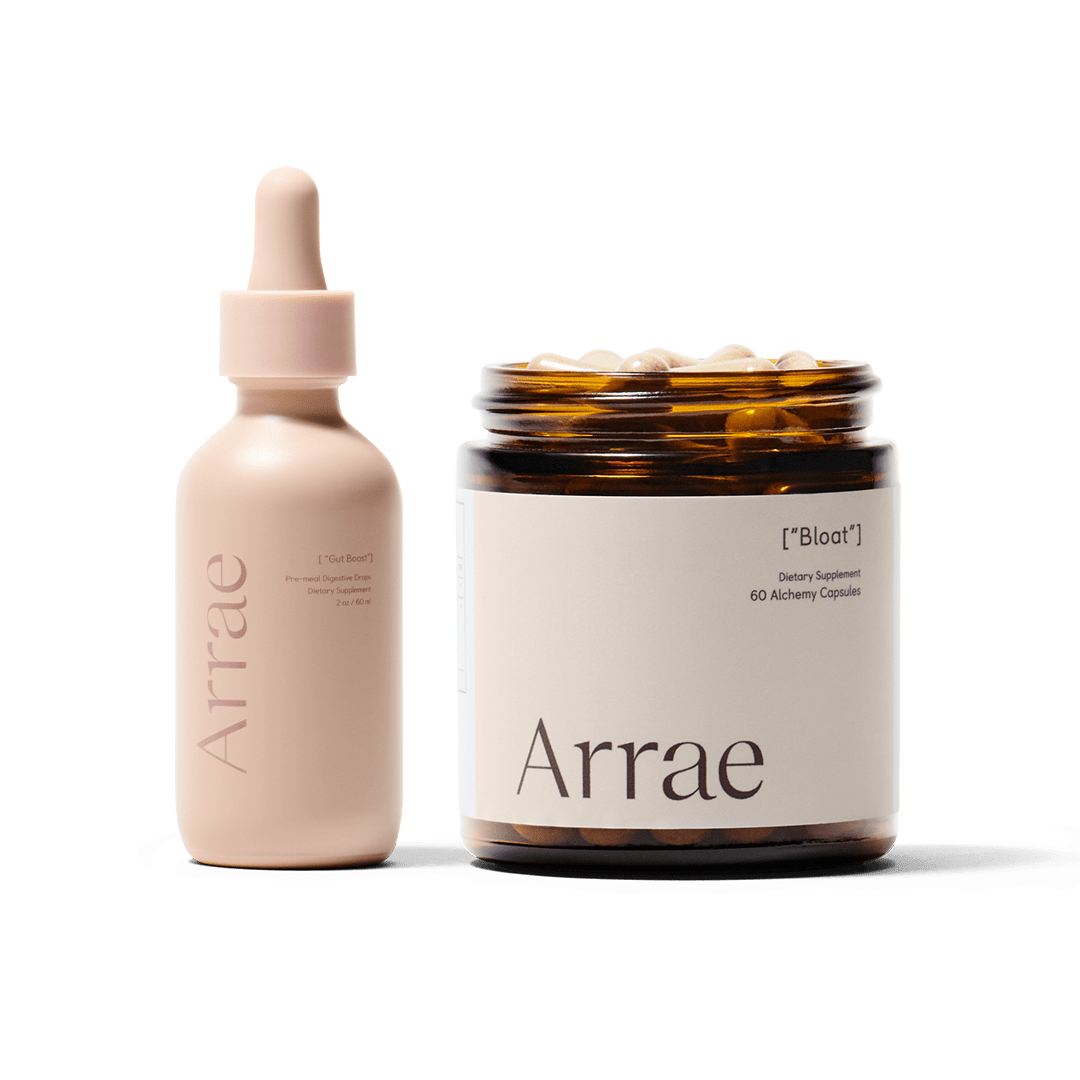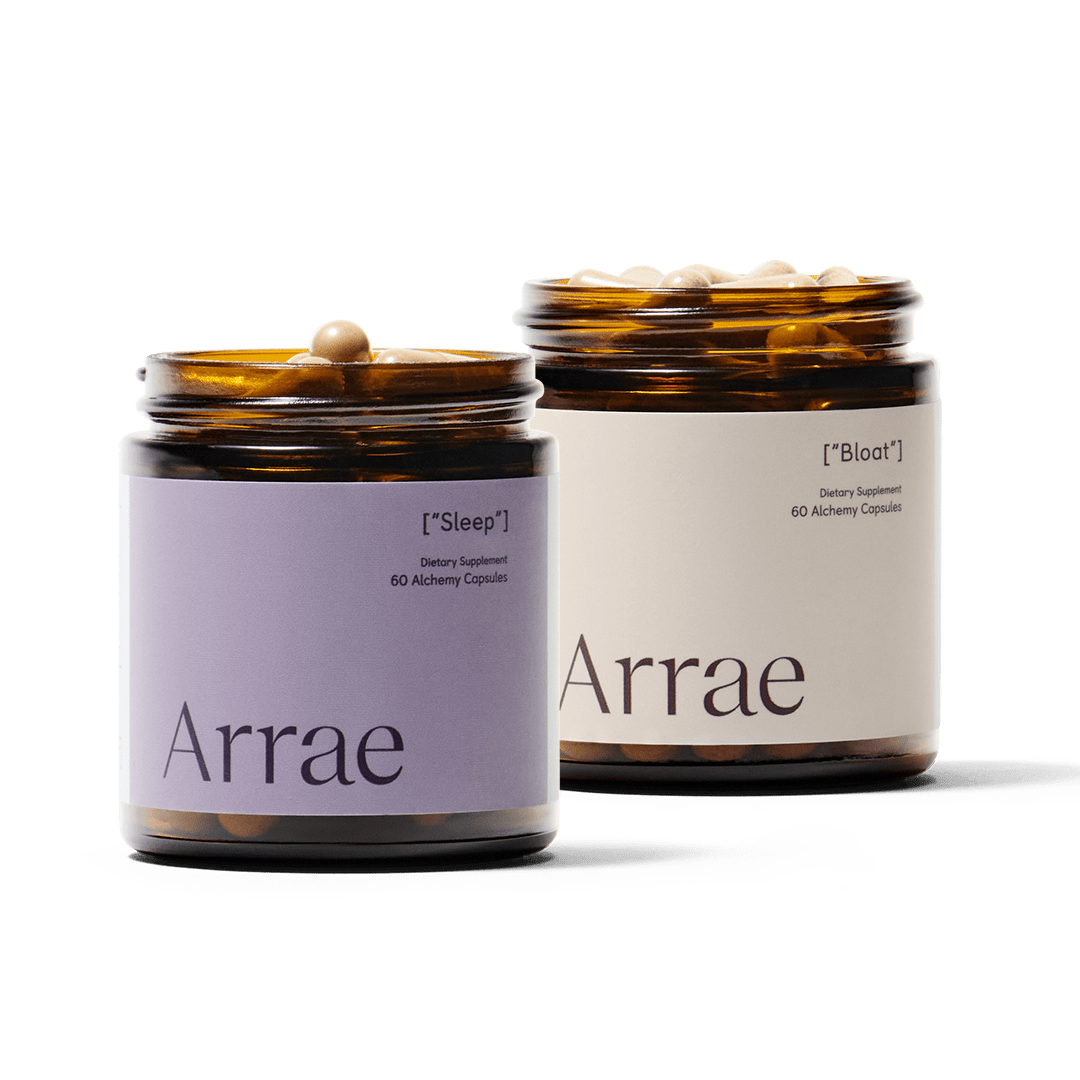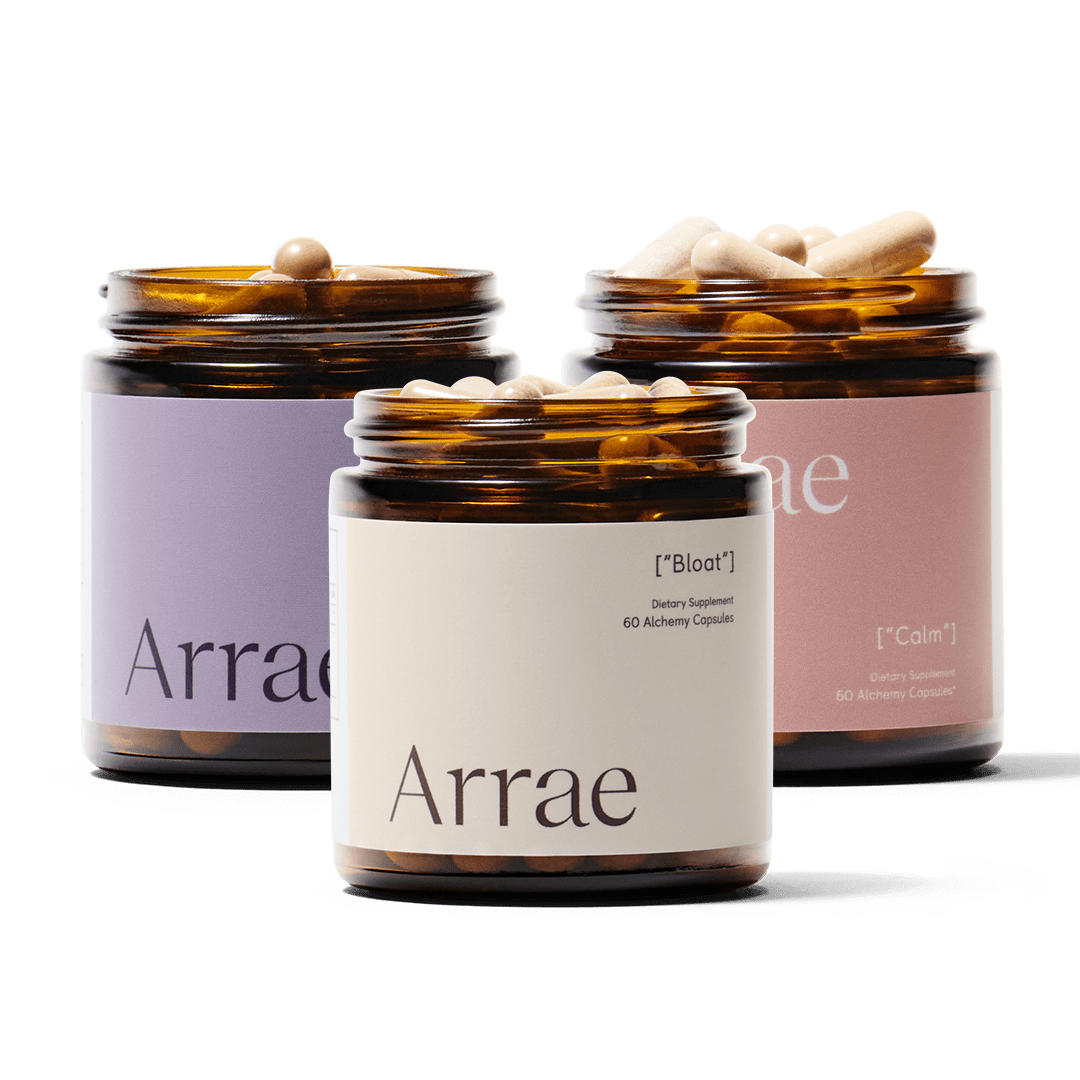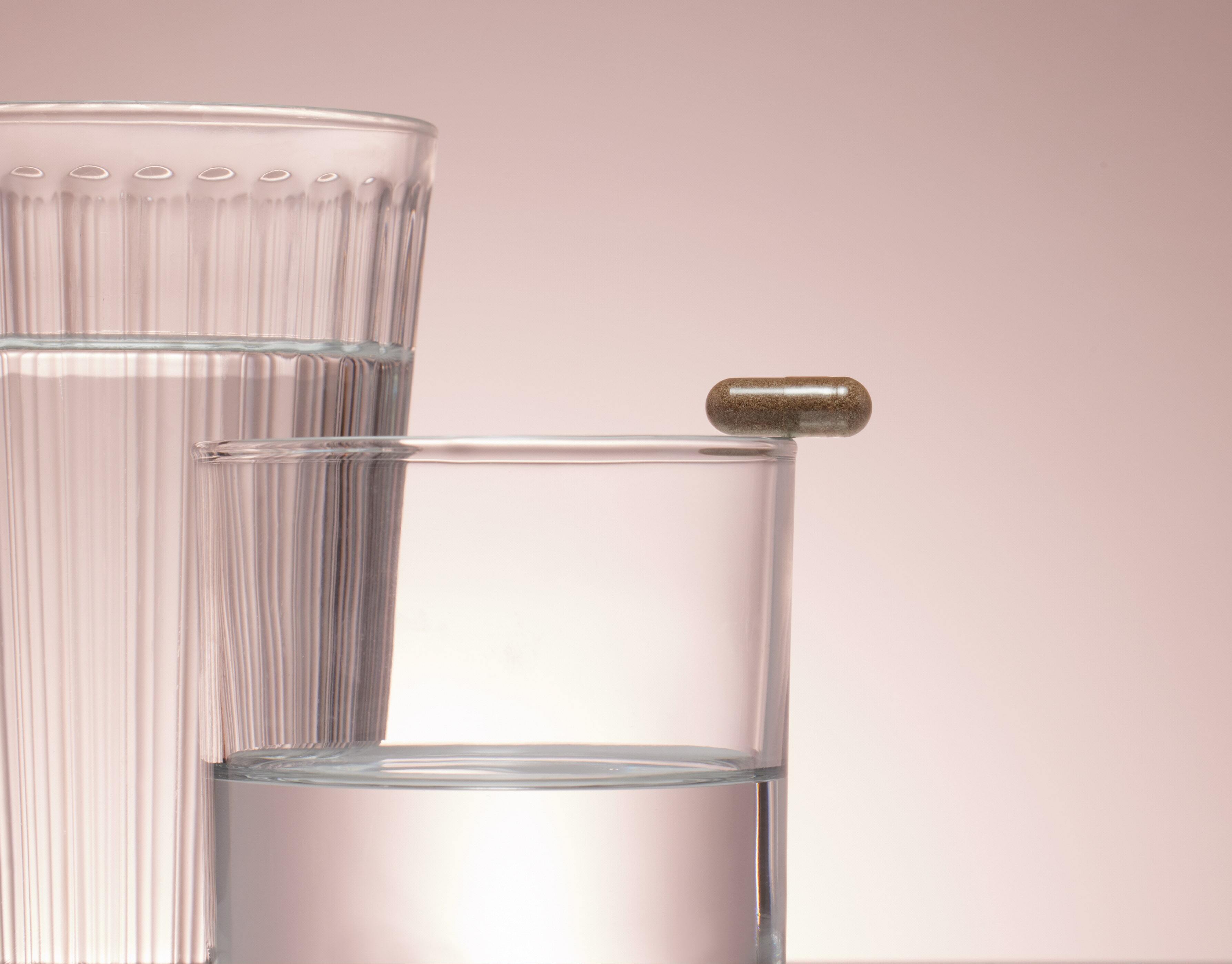
When it comes to exercise, what you do before and after the gym is just as important as what you do during your workout. Stretching and activating your muscles pre-working out as well as taking time to stretch, rest, and recover after can all ensure that your body is ready for your next movement, whether it’s a long run, yoga, or a spin class. “Warming up” your muscles is real; Since most of us sit for a majority of the day, our bodies become stiff, and aren’t quite ready to jump into a hard workout. Beginning with small movements can send signals to your brain that prep your body to workout. And the feeling of being sore– think muscle aches and climbing slowly up the stairs–is common and not exactly always welcomed. But where does it come from, and why do our bodies do this?
Studies show thatwarming up “prepares your heart, lungs, and muscles for the more strenuous phase, the main focus of your workout”. Our bodies need to be primed to lift heavy weights, run a couple of miles, or to complete a Pilates class. Switching from a busy work or school day immediately to a difficult workout can lead to extreme soreness or injury, which are both counterproductive to exercising at all. Spending this time on prepping your body can raise blood temperatures, increasing blood flow to make oxygen more readily available to the muscles. Hormones, including cortisol and epinephrine, as well as endorphins begin to release; These are responsible for the feel-good effects of working out. Muscle temperature and range of motion both increase, decreasing injury risk and elongating the muscles, enhancing speed and strength. Most importantly, this time can be vital for mental preparation. Try setting an intention for your workout–If you can’t think of one on your own, use this: I choose to stay present and focused on how my body feels, and I celebrate all that my body can do.
A proper warm up consists of 5-10 minutes, depending on the following activity level. The purpose of a warm up is to gradually increase intensity from resting to all-out exercise. For example, for a long run, walking or jogging for 5 minutes would be appropriate. For exercises that don’t include a lot of heavy breathing, such as yoga and Pilates, small movements like cat-cow and neck rolls help to loosen the spinal and neck muscles. For weightlifting, a variety of range of motion exercises, such as bodyweight squats and knee push ups can help activate the muscles that will be doing the heavy lifting later on. Remember that everyone’s warmup is different, and finding what works best for you is a very individual, trial and error process! As long as you feel your heart rate slightly elevated, have a light sweat on your forehead, and feel more in the zone to begin exercising, you’ve done it right.
Now that your workout is done, you’re feeling (a little) sore, but great! Before leaving the gym or right when you get home, it’s imperative that you take time to stretch and/or foam roll. During exercise, our heart is racing, providing blood, and energy, for our muscles to work. Stretching will help regulate your heart rate, ensuring that your body recovers completely. When we workout, lactic acid is built up in our muscles–this is what makes us feel sore and tired. Stretching helps to release this, elongating our muscles and relaxing tight ones, especially those in the neck and hips. Lastly, stretching in the right way reduces injury risk by limiting strain on our muscles and joints. Looking for that toned, lean-muscle look? Well, creating, and sticking to, a stretching routine can help you achieve just that. If you’re not sure where to get started, YouTube has great stretching videos. P.S. Our yoga blog post also has some great inspiration.
Recovery is so important in making sure your muscles get time to rest, grow, and prepare for the next round of exercise, regardless of whether it’s the next day or next week. Muscle soreness is more scientifically referred to as DOMS: delayed onset muscle soreness. This feeling is felt more with especially challenging or demanding exercise, or when trying something new. This actually happens during exercise; Muscle contractions cause tiny, microscopic tears along the muscle and its connective tissue. Soreness is the result of our bodies trying to grow these muscles by repairing them. So, the next time your butt is feeling a little sore, know that your booty gains are working! Being sore is simply a product of healing, which our bodies do all on their own, and is a good sign that your workouts are indeed working. Embrace the ache, but also know that switching up your workout might be necessary. This looks like taking a day off of the weights to walk outside or some at-home yoga (See this blog post!). Light exercise can get blood moving to the areas that hurt, loosening the muscle and decreasing the pain.
Working out has so many benefits, including anxiety and stress relief, releasing feel-good hormones, and providing us with a sense of accomplishment. When combined with the proper rest and recovery, you can enjoy your fav workout, soreness-free.
Disclaimer: This blog post is purely informational and does not imply any evaluation by the Food and Drug Administration. This blog post is not intended to diagnose, treat, cure, or prevent diseases, nor should it substitute for advice from a healthcare professional.Sources:
Coffey, Donavyn. “Why Do I Get Sore Days after I've Worked out?”LiveScience, Purch, 25 Nov. 2018, https://www.livescience.com/64146-why-muscles-sore-after-workout.html.
“Delayed Onset Muscle Soreness.”Delayed Onset Muscle Soreness - an Overview | ScienceDirect Topics, https://www.sciencedirect.com/topics/neuroscience/delayed-onset-muscle-soreness.
Quinn, Elizabeth. “Warm up Before Exercise.”Verywell Fit, Verywell Fit, 13 Mar. 2020, https://www.verywellfit.com/how-to-warm-up-before-exercise-3119266.
“3 Reasons to Stretch after Exercising.”Rebound Physical Therapy, 21 Apr. 2021, https://reboundphysicaltherapy.com/stretching-after-exercising/.


